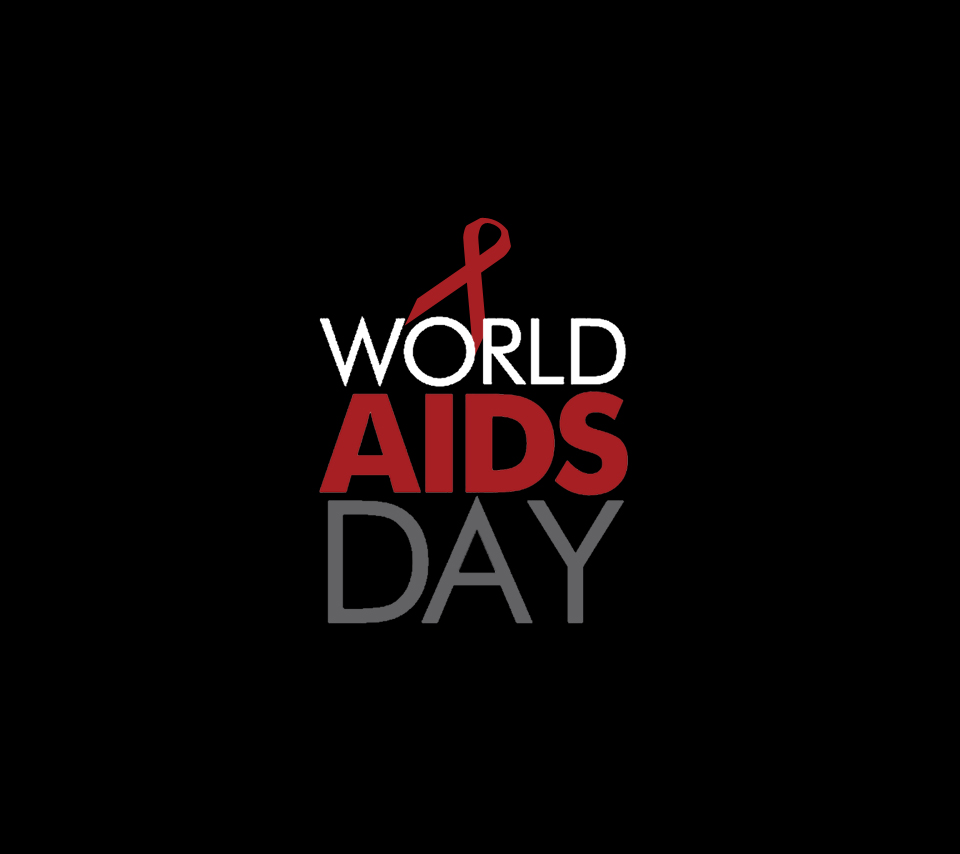The World AIDS Day gives us an opportunity to examine the scourge of HIV/AIDS, and its impact upon us as a people. In this article, we do so by taking a look at its origin and prevalence, and the extent to which people living with HIV in Nigeria have been able to access treatment for it.
The Emergence and Spread of HIV
Beginning in 1981, cases of aggressive infections began to be reported in clusters of homosexual male communities in the United States. In 1982, the term Gay Related Immuno Deficiency (GRID)was coined to refer to these cases- situations in which the immune systems of homosexual men were being weakened, exposing them to infections, and eventually, to death. Later that year, the condition was given a new name- AIDS (Acquired Immune Deficiency Syndrome) –to more adequately capture the demographics involved. It had become increasingly clear that heterosexuals were also being infected with the ‘disease’.
It is now widely believed that HIV had been in circulation decades before it was identified in the US in the 1980s. Scientists say that it may have originated in Kinshasa (DR Congo), where human hunters made contact with chimpanzees infected with a related virus, SIV (Simian Immunodeficiency Virus). The infection remained localized until the 1960’s, when it was carried to Haiti by Haitians who worked in Congo. This was probably the beginning of a web of transmission, which spread out to the United States and Europe.
By end of 1985, every region in the world had reported at least one case of AIDS.
HIV/AIDS in Nigeria and the World: Facts and Figures
- About 34 million people are infected with HIV globally.
- The vast majority of people living with HIV/AIDS live in low and middle income countries. It is estimated that 25.5 million people are living with HIV in sub-Saharan Africa.
- Nigeria has the third largest number of people living with HIV/AIDS in the world- about 3.5 million. Of these, 90 percent are aged 15 years and over.
- Thus far, a staggering 1.8 million have been orphaned due to AIDS in Nigeria.
- Rivers State has the highest prevalence rate of HIV/AIDS in Nigeria, with 15.2 percent of its population having the virus. The state with the lowest prevalence rate in Nigeria is Ekiti, with 0.2 percent of its inhabitants reported to be living with HIV/AIDS.
- Antiretroviral therapy (ART), involving the use of three antiretroviral (ARV) drugs, can help to subdue the HIV virus and stop the progression of HIV disease. However it does not cure AIDS.
- In 2015, the National Agency for the Control of Aids (NACA) reported that about 747,000 people living with HIV/AIDS in Nigeria were receiving anti-retroviral treatment in over 1,000 centres across the country.
- HIV cannot be transmitted through contact with the tears, sweat or the saliva of an infected person. It is primarily transmitted through sexual intercourse, transfusion of infected blood, by sharing infected needles and mother-child contact during pregnancy and breastfeeding.
You can read more facts about HIV/ AIDS in this article: World AIDS Day: Key Facts And Figures About HIV/AIDS.


